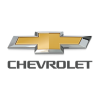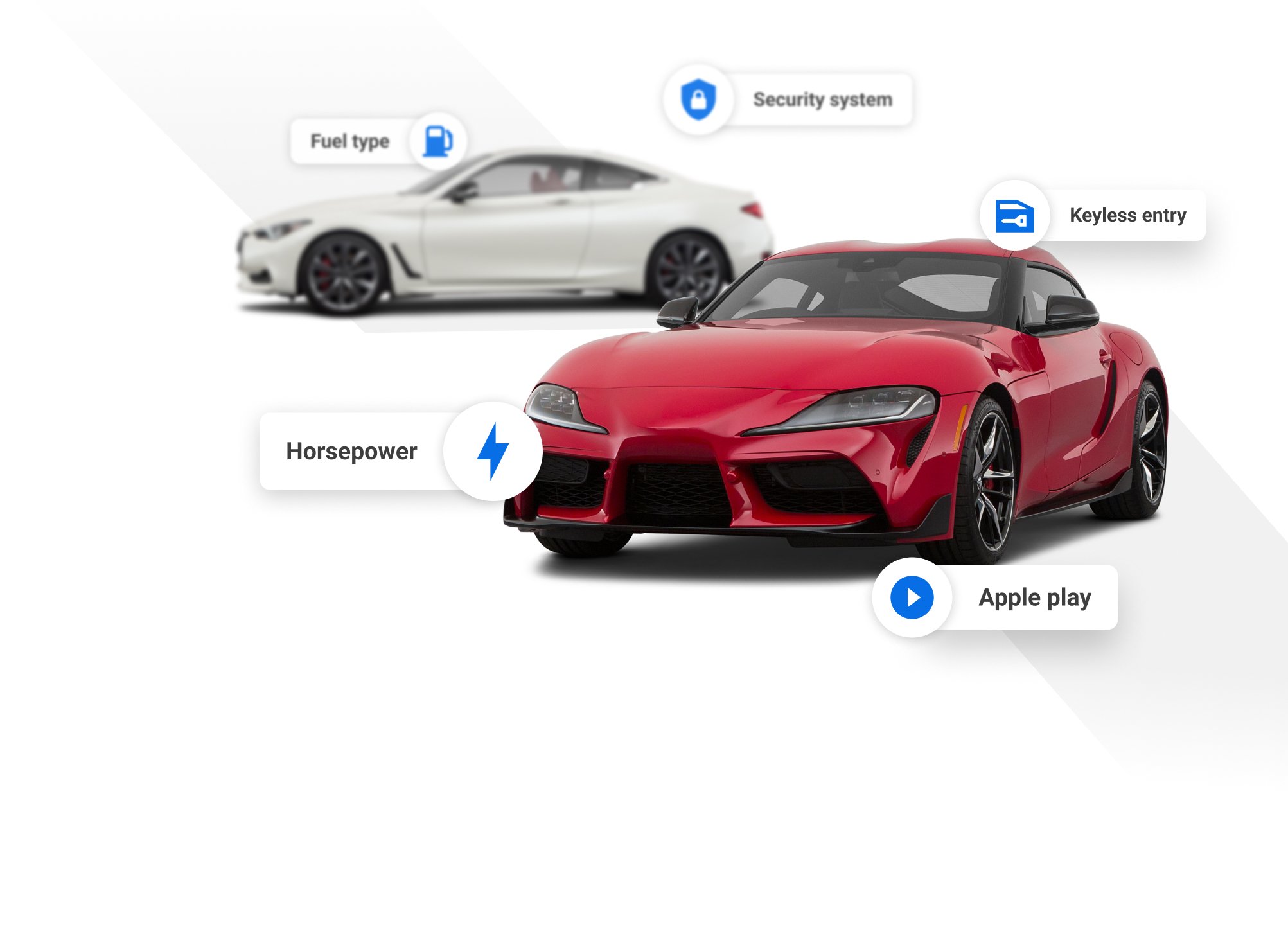
2019 Chevrolet Camaro


Key Specifications for 2019 Chevrolet Camaro






Buyer’s Guide
Chevrolet's most affordable sports car gets a significant refresh for 2019 that brings, among other things, a performance-oriented 1LE trim for the entry-level turbocharged 2.0L four-cylinder engine.
Following 1LE versions of the car using the V6 and V8 engines, Chevrolet hopes this new four-banger will attract aftermarket tuning enthusiasts who appreciate the relative ease with which turbo engines can be modified to make more power. Indeed, when the four-cylinder Camaro debuted in 2016, Chevrolet's intended target buyer was someone who might otherwise shop for a VW GTI/Golf R, Subaru WRX or Focus ST or RS, all cars for which Chevrolet offers no analog.
In the Camaro, the 1LE trim is a special thing. It gets upgrades to its transmission, brakes, suspension tires and differential; in four-cylinder guise, it's only offered with a six-speed manual transmission with launch control and no-lift shifting, plus higher-capacity cooling for its mechanical bits.
But that's not all that's new for the 2019 Camaro. There is also revised front and rear end styling, a third-generation Chevrolet infotainment system (it's no longer called MyLink) with 7.0- and 8.0-inch touchscreens, greater options for personalization and better navigation and voice recognition functions.
Safety-wise, forward collision alert is now standard in 2SS and ZL1 models and available in 3LT trim in the convenience and lighting package.
Otherwise, the Camaro's fundamentals are carried over from last year. The four-cylinder makes 275 hp and 295 lb-ft of torque; a 3.6L V6 is good for 335 hp and 284 lb-ft; a 6.2L V8 cranks out 455 hp and 455 lb-ft; and the ZL1-exclusive supercharged 6.2L makes 650 hp and 650 lb-ft.
For most trims, the optional automatic is an eight-speed, but the bonkers ZL1 can be had with a 10-speed that can knock off shifts quicker than Porsche's PDK dual-clutch gearbox.
With that much power, plus the addition of the track-ready 1LE package, the Camaro could be legitimately cross-shopped with the Porsche 911 and Jaguar F-Type -- a fact the folks behind the more expensive Corvette can't be thrilled about.
Still, most people doing sports car comparison shopping will consider this car against the Ford Mustang and Dodge Challenger.
As those wide-ranging comparisons indicate, muscle cars are not the instruments of brute force they used to be. Now, even sports car owners expect the same high-tech niceties they enjoy in the sedans and SUVs that also occupy driveway and garage space, so the Camaro can be had with dual-zone climate control, a nine-speaker stereo, an eight-inch configurable driver information display and a head-up display.
Standard safety kit includes rear park assist and a backup camera, rear cross traffic, blind spot and lane change alerts and, as mentioned above, forward collision warning (but automatic emergency braking is not yet on the menu here). There’s also a teen driver function standard in all trims that allows the setting of certain performance parameters associated with one of the car’s key fobs, a good idea for helping your kid stay out of trouble when they borrow the car for date night.
Fuel consumption figures range from 10.8/7.6 L/100 km (city/highway) for a 2.0L car with the eight-speed auto, and 11.9/7.9 with the stickshift. V6 ratings are 12.3/8.2 auto versus 14.4/8.4 manual, while the SS V8 is estimated at 14.2/8.7 auto and 14.3/9.4 manual. Finally, the ZL1's ratings are 18.8/11.3 with the 10-speed auto and 17.1/12.0 with the manual.
Review & Compare:
Photos


AutoTrader Review


























